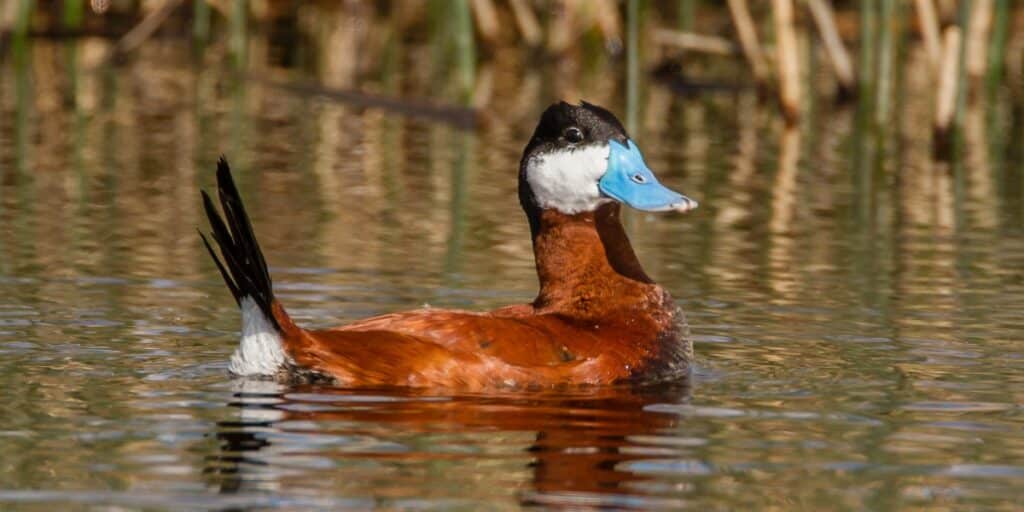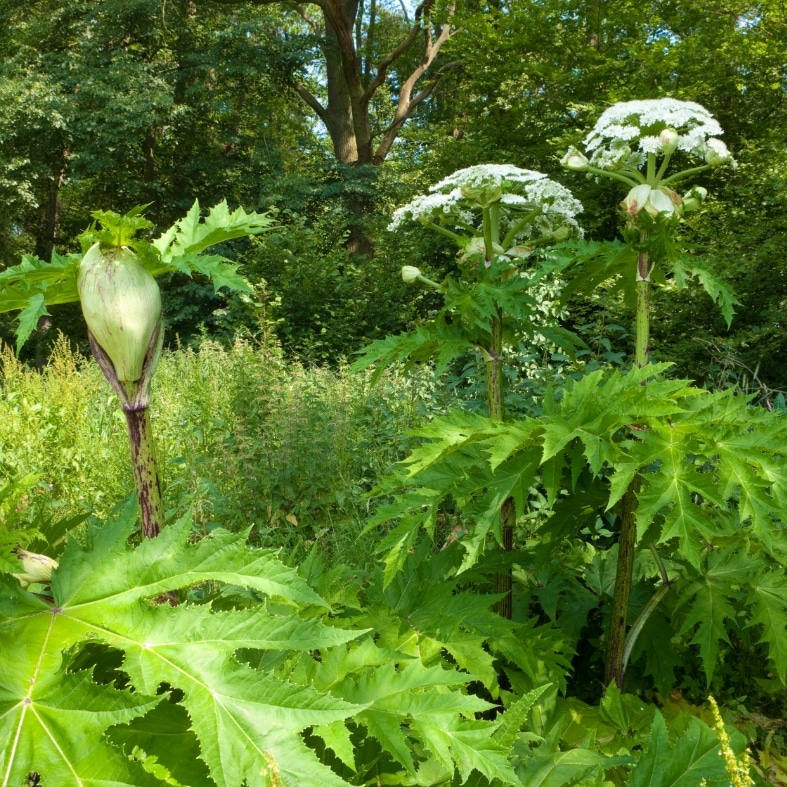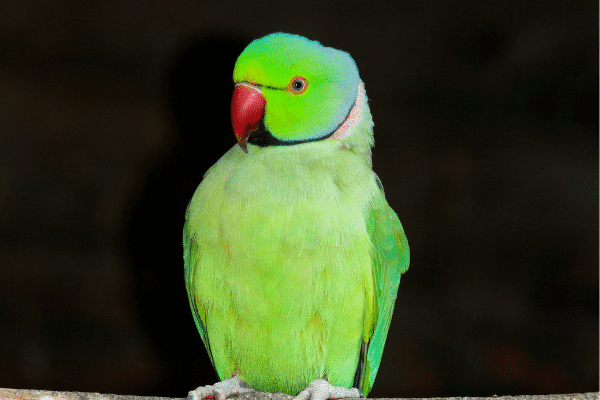
Invasive species ABC
Invasive non-native species pose a significant threat to biodiversity in the UK and cost the economy billions of pounds every year.
Get information on the legal shooting season for mammals and birds in the UK.
Apply for funding for your project or make a donation today
Comprehensive information and advice from our specialist firearms team.
Everything you need to know about shotgun, rifle and airgun ammunition.
Find our up-to-date information, advice and links to government resources.
Everything you need to know on firearms law and licensing.
All the latest news and advice on general licences and how they affect you.


Many of the UK’s invasive non-native species are a great source of healthy, tasty and sustainable meat.
See our guide on invasive species which are edible, non-edible and dangerous or poisonous…
Please remember to be cautious when foraging and make sure you identified your findings correctly prior to consumption.


Invasive non-native species pose a significant threat to biodiversity in the UK and cost the economy billions of pounds every year.

Ian Danby takes us through what you can do to help in the fight against invasive non-native species in the UK.

As we observe invasive species week, we take a closer look at the parakeet which is so often mistaken for a lost pet, when in fact it is causing havoc for the environment.